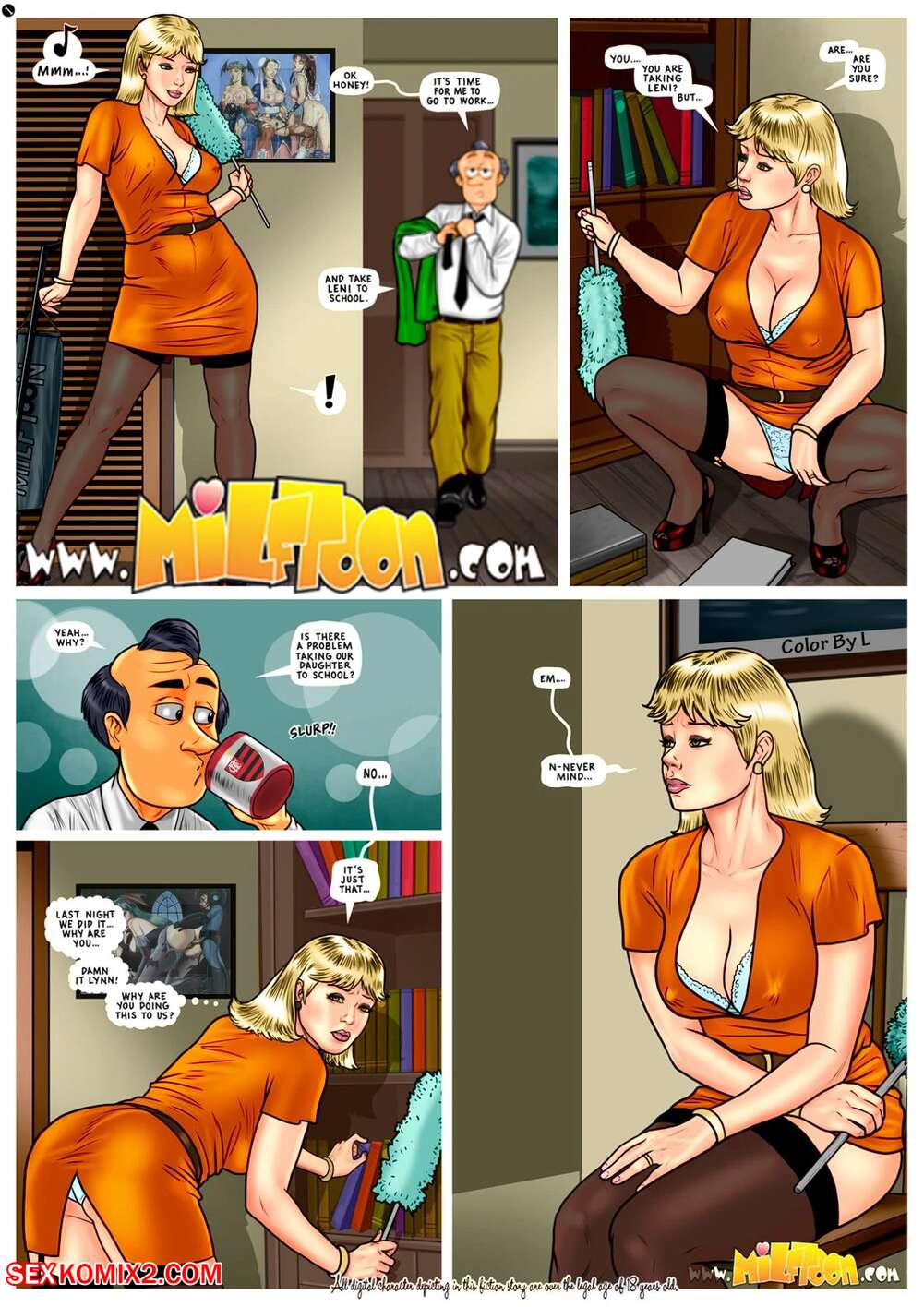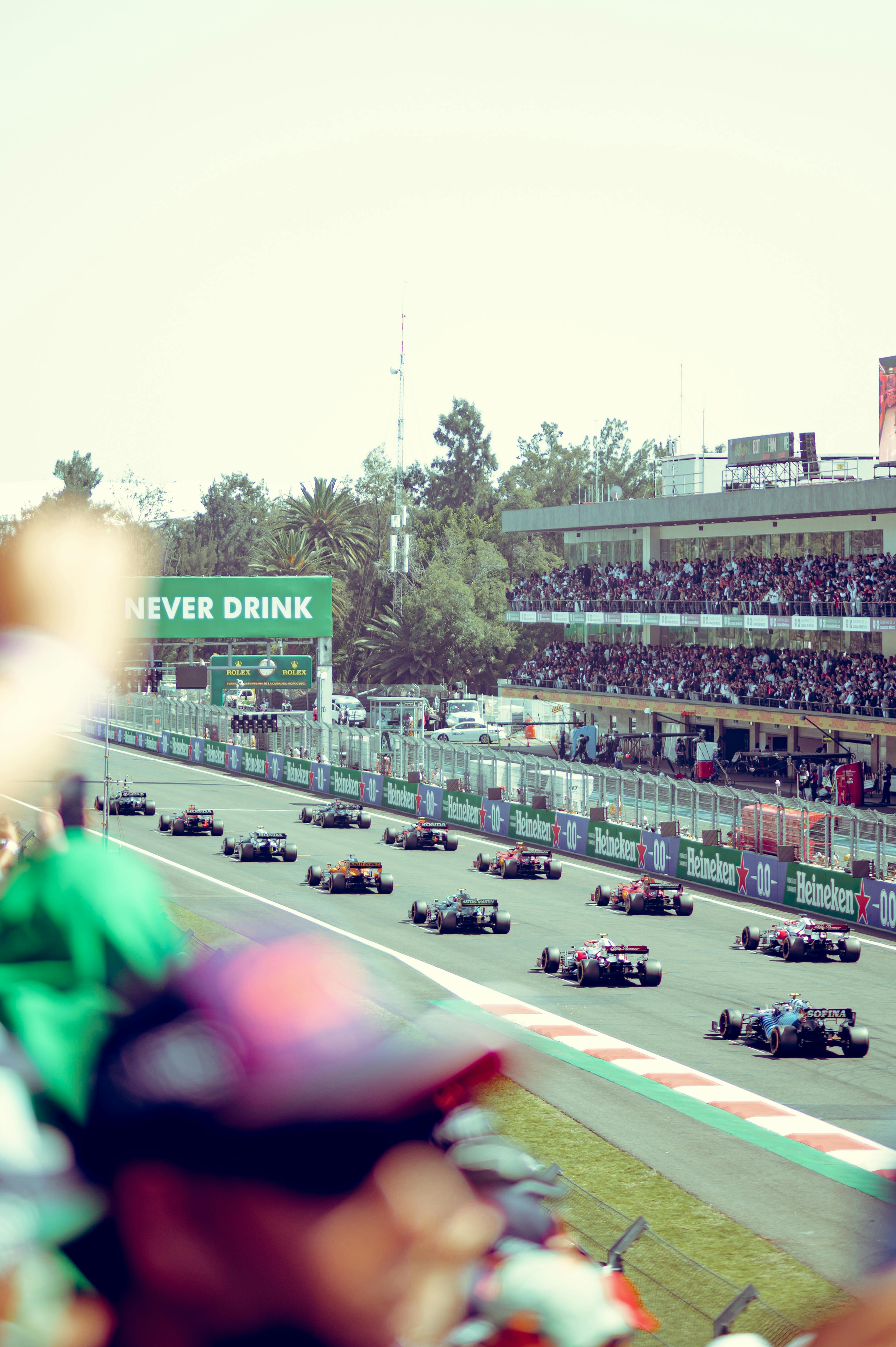
Introduction to Carnage Comics and Their Evolution
The world of comic books is a vast universe filled with iconic characters and gripping storylines, and few figures encapsulate this more than Carnage, the infamous supervillain from Marvel Comics. As we approach 2025, the allure of Carnage comics remains stronger than ever, appealing to both newcomers and seasoned comic book fans alike. This article delves into the evolution of the Carnage character, his origins, and the intricate narratives surrounding him, offering fresh insights into his role within the Marvel universe.
Carnage, known for his chaotic and violent nature, originated as a spawn of the Venom symbiote, morphing into a powerful anti-hero and comic book villain over time. Since his first appearance in Spider-Man #361, the Carnage storyline has evolved, showcasing his face-offs against not just Spider-Man, but the entire superhero community. The character's compelling narrative arcs, alongside his graphic storytelling elements, position Carnage as a keystone in the evolution of horror comics and dark humor.
This exploration will cover effective ways to discover Carnage comics in 2025, through insights on the history, merchandising, and fandom surrounding this iconic character. We will provide practical tips and resources for comic book enthusiasts, ensuring readers engage deeply with the Carnage narrative and its emotional depth.
By the end of this article, you will understand how to access the latest Carnage comics, appreciate his character development, and analyze the psychological themes that are central to his stories. Let’s embark on this journey into the chaotic and fascinating world of Carnage!
Tracing the Origin Story of Carnage Comics
Understanding Carnage’s roots is essential for anyone looking to appreciate the depth of this character. Created by writer David Michelinie and artist Erik Larsen, Carnage made his debut in the early 90s during a time when comic book narratives were embracing darker themes and complex villain origins. His origin is intimately tied to Eddie Brock, the former host of the Venom symbiote, who becomes Carnage’s father figure.
The transformation from Venom to Carnage is crucial to the character’s essence. Cletus Kasady, a deranged murderer, becomes the host for the symbiote after a serum enhances his already violent nature. This backstory not only gives depth to Carnage but also establishes a dichotomy between Carnage and other anti-heroes within the Marvel Comics universe, making him one of the most notorious comic book villains.
The exploration of Carnage’s psychological aspects and emotional arcs highlights the horror in character development. Many fans analyze his violent motivations through psychological lenses, seeing him as a reflection of societal issues. The dark humor in comics enriches the overall narrative, creating a compelling connection that appeals to the comic book community.
As we transition from his origin story, it's essential to investigate how these narratives have developed over time and shaped fan perceptions of Carnage, leading us into a deeper analysis of his storyline arcs and character motivations.
Understanding Carnage’s Storyline Arcs
The storyline arcs of Carnage comics are rich and varied. They often delve into themes of madness, chaos, and the nature of evil, setting Carnage apart as a formidable entity within Marvel storytelling. His conflict with Spider-Man serves as a backdrop for exposing deeper psychological themes that resonate with readers.
One of the most talked-about arcs is "Maximum Carnage," which encapsulates his brutal reign and his interactions with other iconic characters, including Venom and Spider-Man. This crossover event not only solidified Carnage’s place in comic book history but also emphasized the importance of character relationships and dynamics within superhero narratives.
Fan theories around these arcs have proliferated, dissecting the motivations driving Carnage and his interactions with heroes. Exploring this gives readers a broader understanding of how villain arcs reflect cultural narratives and the evolution of superhero dynamics in contemporary comics.
Combined with visually striking comic book illustrations, these storylines are crafted to engage readers holistically, merging vivid art with intricate storytelling techniques. As we examine Carnage further, it’s fascinating to consider how his character evolution has influenced modern comic trends and adaptations across media.
Exploring the Carnage Character Development
Carnage's character development is a multifaceted journey that has undergone significant transformation since his inception. Initially presented as a straightforward villain, later portrayals have delved deeply into the psychological aspects of his character, showcasing layers of motivation and emotional turmoil. This evolution creates a captivating complexity that engages readers and sparks interest in character analysis.
Studying emotional depth in comics is essential for understanding why Carnage resonates with fans. The villain's chaotic nature is juxtaposed with moments of vulnerability, prompting a dialogue about the nature of evil and whether such a character can ever achieve redemption. This complexity has evolved over the years, leading to various storyline arcs that highlight his relationships with other characters, including his iconic rivalry with Venom and Spider-Man.
As we explore Carnage's character transitions, it’s clear that the philosophical questions posed in his narratives reflect broader societal themes. The intersection of genres in comics, particularly the mixture of horror and traditional superhero narratives, allows for a unique storytelling approach. This has provided comic book writers with a platform to explore dark humor while also tapping into emotional arcs that resonate deeply with readers.
Having established a foundation of character development, we can now turn our attention to how these representations manifest in the latest Carnage comics and adaptations, as well as the merchandise that fuels fan engagement.
Unveiling the Carnage Merchandise and Collectibles
The demand for Carnage comics and related merchandise continues to grow, reflecting his status as an iconic character within the Marvel universe. Collectors and fans seek out not just comic book issues, but also toys, t-shirts, and artwork showcasing Carnage. This expanding merchandising ecosystem is a testament to the character's enduring popularity and the interconnectedness of comic book culture.
Comic conventions often feature exclusive Carnage merchandise, drawing in enthusiasts eager to add rare collectibles to their collections. The popularity of Carnage has also inspired graphic novel adaptations that bring his escapades to life, making the character accessible to a broader audience beyond traditional comic book readers.
Merchandise like signed comic issues and limited edition prints carry significant value, functioning as collector's items within the comic book community. The character's multifaceted appeal gives rise to a variety of merchandise types, from detailed figurines to apparel that captures the essence of the Carnage persona.
As we shift towards the modern adaptation of Carnage in film and graphic novels, understanding the marketing strategies that accompany these products can further enlighten fans about the character's cultural impact and significance in today's media landscape.
The Impact of Carnage in Modern Media Adaptations
The impact of Carnage in modern media is profound, with adaptations in film, video games, and animated series introducing his character to new audiences. The announcement of the upcoming Carnage movie has generated significant excitement, and fans are eager to see how the character will be portrayed on screen. These adaptations not only breathe new life into the character but also influence the way he is perceived across diverse platforms.
Comic book adaptations have a unique ability to expand Carnage's lore, often exploring elements that traditional comics might not fully capture. The visual storytelling techniques employed in films can convey Carnage's chaotic nature in ways that printed media may struggle to express. Moreover, these adaptations often spark renewed interest in Carnage comics, leading readers to explore the rich backstory and character arcs present in his comic book history.
Understanding reader reception towards these adaptations is essential. As audiences engage with Carnage's narrative on multiple platforms, the discourse surrounding his character evolves. This intersection of comics, film, and other media demonstrates how the character of Carnage serves as a fascinating study of fan dynamics and the psychology of villain narratives.
Having examined the various adaptation impacts, it becomes clear that the exploration of Carnage continues to grow, particularly among comic book fans and in the realm of horror comics. Next, we will delve into the engaging community culture surrounding Carnage comics and how fan theories contribute to character development and storyline understanding.
Carnage Comics and Fandom: Community Engagement and Theories
The community surrounding Carnage comics is vibrant, filled with discussions, fan art, and theories that explore every aspect of his character. As comic book fans engage in conversations about the psychological themes and narrative structures of Carnage comics, they create a rich tapestry of analysis that deepens the understanding of his character.
Fan theories often highlight subtle nuances in Carnage's storyline arcs, offering fresh interpretations that can reshape public perception. Whether it's discussing the latest comic events or sharing perspectives on character motivations, the community plays a crucial role in keeping the narrative alive. This engagement is further powered by the ease of access to various digital platforms, which provide spaces for fans to express their ideas and connect with like-minded individuals.
Comic conventions and online forums serve as vital hubs for these discussions, allowing fans to come together to celebrate their shared interest in Carnage and other Marvel anti-heroes. This sense of community not only supports the comic book culture but also helps to reinforce the importance of character analysis within the wider context of superhero narratives.
As we wrap up our exploration of Carnage comics, understanding the role of fan engagement reinforces the central themes of emotional depth and psychological complexity embedded in Carnage's narrative. Like Carnage himself, the character continues to evolve through reader engagement and community discourse, underscoring the lasting legacy of this iconic comic book villain.
Conclusion: The Continuing Legacy of Carnage Comics
The legacy of Carnage comics continues to thrive as we move through 2025 and beyond. His evolution from a mere antagonist to a complex character marks a significant chapter in comic book history. The impactful storylines, character development, and modern adaptations contribute to a rich resource for both casual readers and devoted collectors alike.
As we have explored throughout the article, Carnage’s profound influence on horror comics and comic book culture remains evident. Whether through online communities sharing fan theories, the excitement surrounding merchandise, or the narrative arcs that delve into the psychological aspects of villainy, Carnage comics embody the dynamic interplay of art and storytelling within the comic book industry.
As the character continues to evolve, fans will undoubtedly seek new ways to engage with his storyline. The future of Carnage comics promises to be as thrilling as his chaotic nature, making him an integral part of the Marvel universe and comic book lore.

